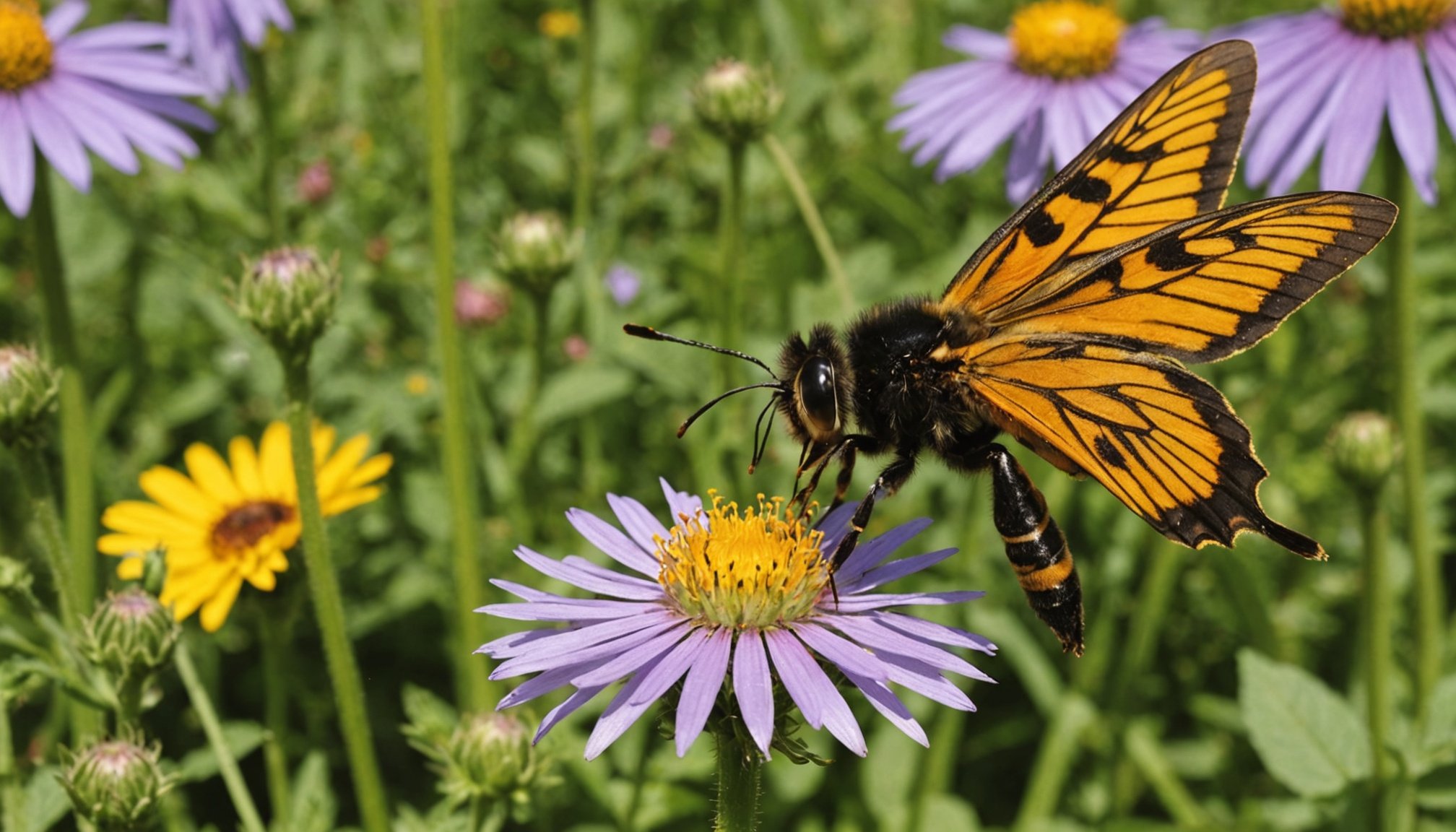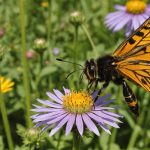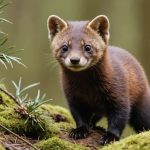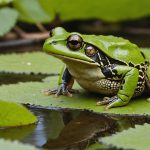Transforming British Urban Gardens: Cutting-Edge Solutions to Revive Endangered Pollinators
The Pollinator Crisis: A Growing Concern
In recent years, the decline of pollinators such as bees, butterflies, and other insects has become a pressing global issue. This crisis, driven by factors like pesticide use, habitat destruction, and climate change, poses a significant threat to both agriculture and biodiversity. Nearly 75% of food crops depend on pollination, making the health of pollinator populations crucial for food security and ecosystem balance[2].
In the UK, this issue is particularly pertinent, with many pollinator species facing severe declines. For instance, bumblebee populations have been dwindling, and several species are now on the red list of conservation concern. However, there is hope on the horizon as innovative solutions and community-driven initiatives are transforming British urban gardens into vibrant habitats for these essential creatures.
Topic to read : Balancing innovation and nature: essential tech strategies for uk farmers to safeguard livestock while coexisting with badgers
Urban Greening: A Key Strategy for Pollinator Conservation
Urban greening actions are being implemented worldwide to support resident, rare, and locally extinct insect pollinators. These initiatives focus on creating high-quality pollinator habitats within urban areas, which can provide significant ecological benefits even in small spaces.
A recent study highlighted the success of a co-designed greening action in an urban park, where the introduction of just six locally indigenous plant species led to a 2.5-fold increase in the number of indigenous pollinator species observed. This demonstrates that small greening actions can yield large positive ecological changes, supporting local, regional, and global policies aimed at boosting urban sustainability[1].
Also read : Breathing New Life into Ecosystems: UK’s Mission to Restore Pine Marten Habitats
Planting the Right Plants: Native Species and Pollinator-Friendly Gardens
When it comes to creating pollinator-friendly gardens, the choice of plants is paramount. Native plant species are particularly effective because they have co-evolved with local pollinators, providing the necessary floral resources such as pollen and nectar.
Here are some essential plants for creating a pollinator-friendly garden in the UK:
- Wildflowers: Plants like red clover, knapweed, and cornflower are rich in nectar and pollen, making them ideal for attracting a variety of pollinators.
- Herbs: Lavender, rosemary, and thyme are not only useful in the kitchen but also attract bees and butterflies.
- Trees and Shrubs: Apple trees, hawthorn, and elderberry provide valuable resources for pollinators and can serve as nesting sites for some species.
- Perennials: Plants like coneflower, black-eyed Susan, and bee balm are long-blooming and attract a wide range of pollinators.
Table: Pollinator-Friendly Plants for British Urban Gardens
| Plant Type | Plant Name | Pollinator Attracted |
|---|---|---|
| Wildflower | Red Clover | Honey Bees, Bumblebees |
| Herb | Lavender | Honey Bees, Butterflies |
| Tree | Apple Tree | Honey Bees, Wild Bees |
| Shrub | Hawthorn | Honey Bees, Bumblebees |
| Perennial | Coneflower | Butterflies, Honey Bees |
| Annual | Sunflower | Honey Bees, Bumblebees |
| Climber | Honeysuckle | Moths, Butterflies |
The Role of Community and Stakeholder Engagement
Effective pollinator conservation requires more than just planting the right plants; it also involves engaging with local stakeholders and communities. This includes considering the aspirations, motivations, experience, and concerns of residents and practitioners involved in greening actions.
For example, community-based organizations like the “Pollinator Pathway” in the USA and “B-Lines” in the UK are working tirelessly to create networks of pollinator-friendly habitats. These initiatives not only provide ecological benefits but also foster a sense of community and shared responsibility for nature conservation[1].
Technological Innovations: Drone Pollination and Precision Agriculture
As natural pollinator populations continue to decline, technological innovations are emerging as promising solutions. Drone pollination, for instance, is revolutionizing the way we approach pollination in agriculture.
Drones equipped with precision tools can transfer pollen with high accuracy, using AI-driven algorithms to analyze crop fields and detect areas requiring pollination. This technology ensures that every flower receives the necessary pollen, significantly increasing fruit and seed yields. Companies like Dropcopter are already seeing success with this method, particularly in apple and almond orchards[2].
Integration with IoT and Data Analytics
The integration of Internet of Things (IoT) and data analytics further enhances the efficiency of drone pollination. Here are some key technologies:
- Flower Detection and Classification: AI-powered image recognition software identifies flowering plants and determines which flowers are in optimal bloom for pollination.
- Adaptive Flight Path Planning: Machine Learning algorithms analyze environmental data to optimize the drone’s flight path dynamically.
- Autonomous Operations: Many drones operate independently, requiring minimal human oversight and adapting to real-time environmental changes[2].
Urban Agriculture: A Case Study from Bologna, Italy
Urban agricultural sites are increasingly recognized for their potential to enhance sustainability and support biodiversity. A case study in Bologna, Italy, highlights the positive impact of urban agriculture on pollinator communities.
The study found that the establishment of a diverse urban farm led to an increase in ground-nesting and specialist bee species, as well as the presence of rare hoverfly species. This suggests that urban agriculture can provide the green infrastructure necessary for pollinator conservation by offering adequate areas of habitat and refuge[3].
Practical Insights and Actionable Advice
Transforming your urban garden into a pollinator-friendly haven is easier than you might think. Here are some practical tips:
- Plant a Variety of Native Plants: Incorporate a mix of plants that provide nectar and pollen throughout the growing season.
- Avoid Pesticides: These can be lethal to pollinators, so opt for natural methods of pest control.
- Provide Shelter: Dense plantings and native trees can offer shelter and nesting sites for pollinators.
- Create a Pollinator-Friendly Water Source: A shallow dish of water with rocks or twigs for landing sites can be a lifesaver for thirsty pollinators.
The Future of Pollinator Conservation: A Collaborative Effort
The future of pollinator conservation is not just about individual actions but also about collaborative efforts between communities, researchers, and policymakers. As Agata Morelli, who won the ISHS Young Minds Award, emphasized, “Understanding the ecosystem services that fundamentally sustain urban agriculture is vital for the adoption of effective conservation strategies to provide suitable habitats for pollinators”[3].
In the UK, initiatives like the “Rewilding Denmarkfield” project demonstrate how dedicated land can be transformed into vibrant habitats for pollinators, even in areas surrounded by urban sprawl and intensive farmland. This project has seen a significant increase in bumblebee species and the abundance of butterflies, highlighting the positive knock-on effects for the entire ecosystem[5].: A Shared Responsibility for Nature Conservation
Reviving endangered pollinators in British urban gardens is a shared responsibility that requires a multifaceted approach. From planting native species and engaging with local communities to leveraging cutting-edge technologies like drone pollination, every effort counts.
As we strive towards a net-zero future and aim to bolster ecosystem services, it is crucial to recognize the interconnectedness of all ecosystems. By combining traditional conservation efforts with advanced agricultural technologies, we can work towards a more sustainable and biodiverse future.
In the words of a local beekeeper, “Every garden, no matter how small, can be a haven for pollinators. It’s about making conscious choices and taking small steps that collectively make a big difference.”
So, yes, transforming your urban garden can be a powerful step in the right direction. Let’s share this responsibility and work together to create a world where pollinators thrive, ensuring the long-term health of our ecosystems and the food we eat.











